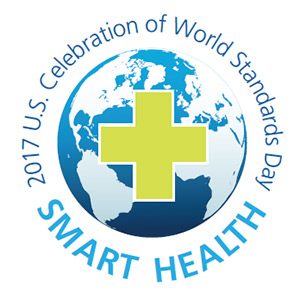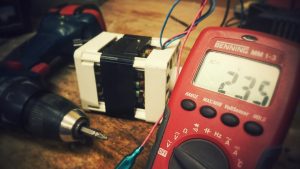I’ve been attending some of SAE International’s mobility meet-ups lately. These gatherings are focused on automated vehicles, of interest to many here in Silicon Valley. As I meet the other attendees, I often hear questions about the state of standardization with regards to IoT, the Internet of Things. So today I’m providing you with some information on IoT Standards.
IoT Standards actually cover a lot of ground. These documents provide the connectivity protocols for linking things to the network. A number of them have been in use for quite some time. However, the proliferation of devices that gain functionality when connected puts a strain on the standards process. In order to be universal, standards have to be developed in advance of implementation. This is the challenge that new technologies bring to our standards processes.
Consortia have often been used to develop standards in emerging technologies. They tend to be narrowly focused with an urgent need to reach agreement. One such group operating in this space is the Open Connectivity Foundation (OCF). Started as the UPnP Forum, this group has expanded it’s mission over time. They are also of particular interest as they have taken the standards they’ve developed and sent them up into the ISO/IEC system via JTC1 (the Joint Technical Committee 1).
An example of this is the series of IoT standards known as ISO/IEC 29341-30. These documents focus in on the UPnP functionality – Universal Plug and Play. They are used by many of you, essential for the many home networks for connectivity between devices. The OCF developed this series first and then used the ISO/IEC adoption protocol for publicly available specifications (PAS) to transform them into international standards.
Needless to say, there are many consortia working in this space. You’ll also find applicable standards activities happening in the traditional Internet standards spaces (IETF and WC3 for example). And of course, our more mainstream standards bodies are also busy working on new standards in this space (ETSI, ISO/IEC JTC1, IEEE and so on).
Here is a list of IoT standards that are currently available from ISO/IEC:
- ISO/IEC 20922:2016
Information technology – Message Queuing Telemetry Transport (MQTT) v3.1.1 - ISO/IEC 21823-1:2018 PRV
Internet of Things (IoT) – Interoperability for IoT systems – Part 1: Framework - ISO/IEC TR 22417:2017
Information technology – Internet of things (IoT) – IoT use cases - ISO/IEC 29161:2016
Information technology – Data structure – Unique identification for the Internet of Things - ISO/IEC TR 29181-9:2017
Information technology – Future Network – Problem statement and requirements – Part 9: Networking of everything - ISO/IEC 29341-30-1:2017
Information technology – UPnP Device Architecture – Part 30-1: IoT management and control device control protocol – IoT management and control architecture overview - ISO/IEC 29341-30-2:2017
Information technology – UPnP Device Architecture – Part 30-2: IoT management and control device control protocol – IoT management and control device - ISO/IEC 29341-30-10:2017
Information technology – UPnP Device Architecture – Part 30-10: IoT management and control device control protocol – Data store service - ISO/IEC 29341-30-11:2017
Information technology – UPnP Device Architecture – Part 30-11: IoT management and control device control protocol – IoT management and control data model service - ISO/IEC 29341-30-12:2017
Information technology – UPnP Device Architecture – Part 30-12: IoT management and control device control protocol – IoT management and control transport generic service - ISO/IEC 30118-1:2018
Information technology – Open Connectivity Foundation (OCF) Specification – Part 1: Core specification - ISO/IEC 30118-4:2018
Information technology – Open Connectivity Foundation (OCF) Specification – Part 4: Resource type specification - ISO/IEC 30118-5:2018
Information technology – Open Connectivity Foundation (OCF) Specification – Part 5: Smart home device specification - ISO/IEC 30141:2018
Internet of Things (IoT) – Reference architecture
You can see they are a mix of IoT standards that have been pushed up, like the ISO/IEC ISO/IEC 29341-30 series, and those that have been developed at the International level itself.
However, there is definitely a need for more standardization and consensus in this space. Since it is a hot area for product development, we can expect a mix of successful and failed standards. But as usual, the drive for development of protocols in advance of the investment required for new product will insure that this space will be very active for some time to come.
Should you need any of the above standards, Document Center Inc. is an authorized distributor for ISO and IEC. In addition, we can assist you with many of your standards challenges. Our standards collection consists of over 1 million documents. And since we have been working with standards since 1985, we have a depth of knowledge rare in this area. Contact us by phone (650-591-7600) or by email (info@document-center.com) for assistance. We are your Standards Experts!

